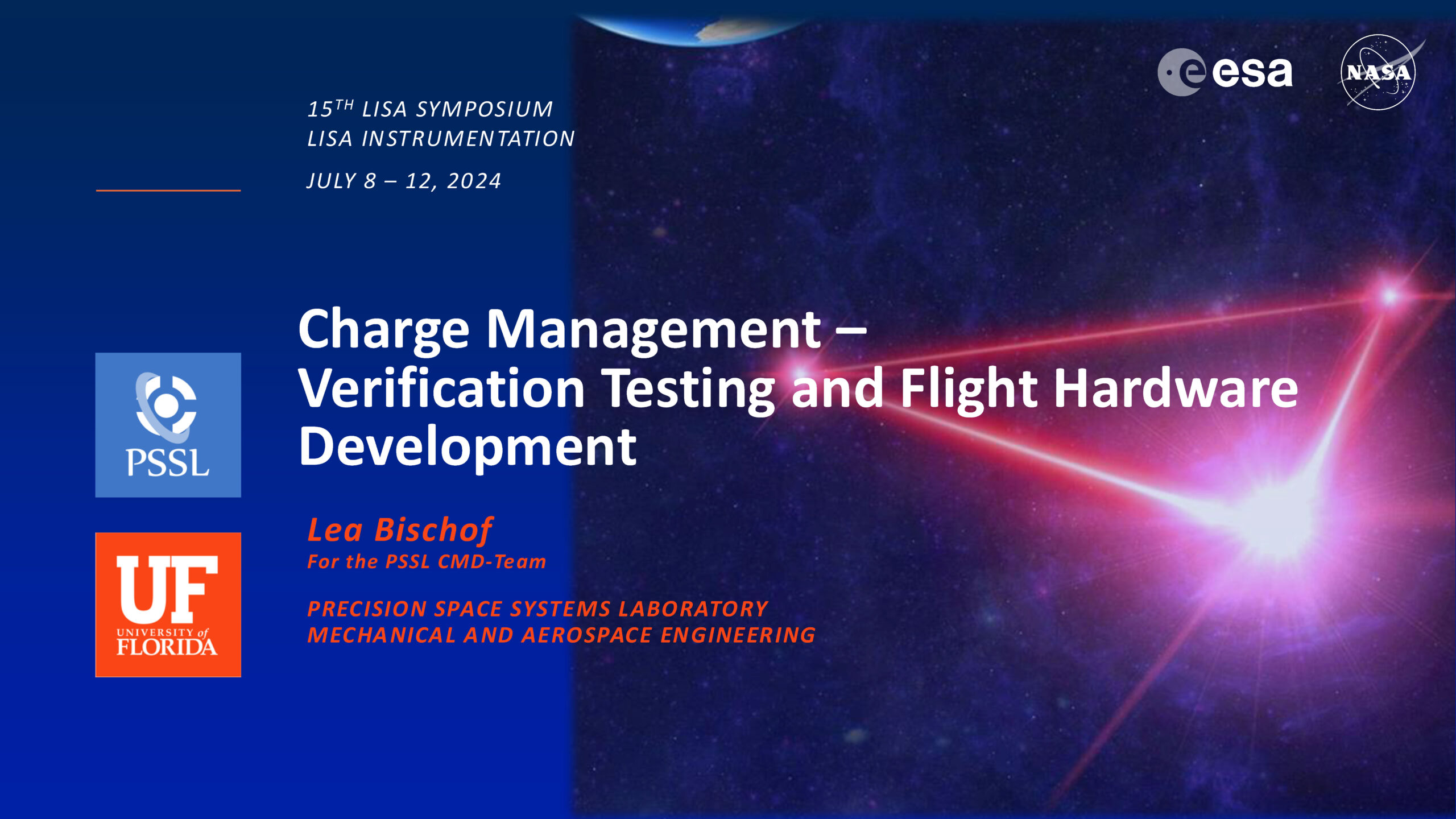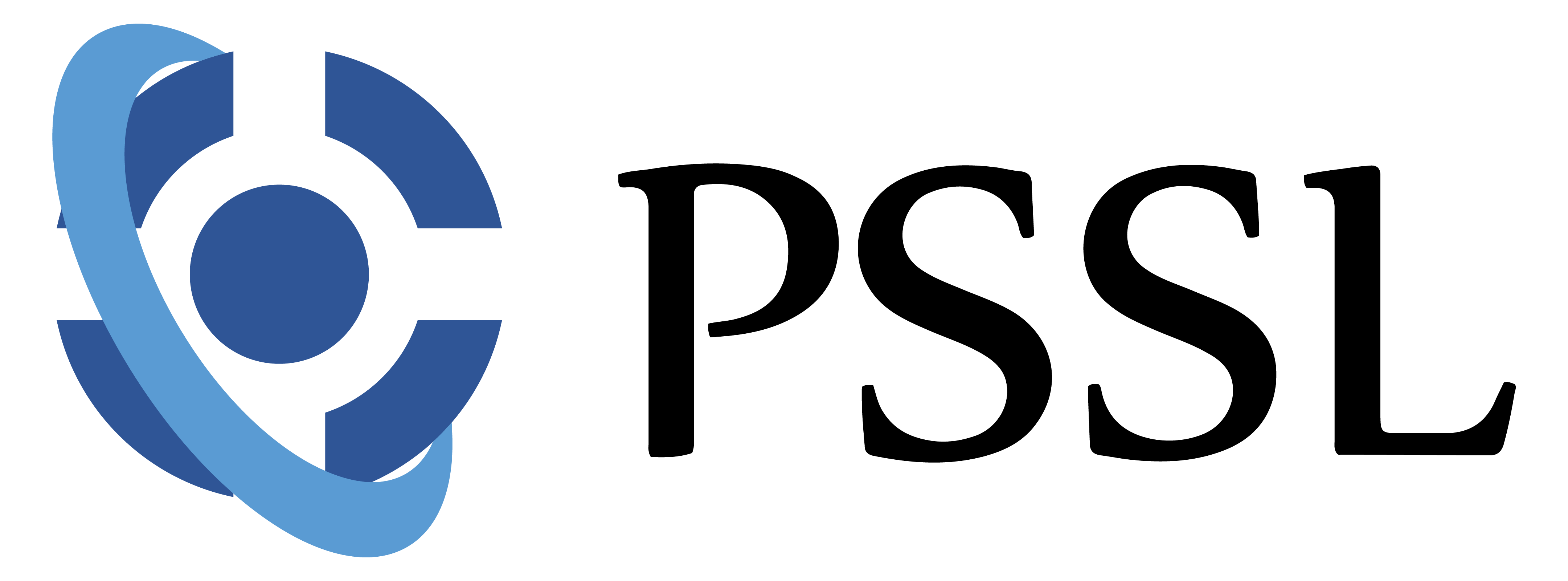Charge Management – Verification Testing and Flight Hardware Development
Cosmic rays will charge the Test Masses inside the LISA satellites. Interaction with electric fields then creates acceleration noise that can limit the sensitivity of the Gravitational Wave measurement. To prevent this, we discharge the Test Masses with ultraviolet (UV) light via the photoelectric effect, a technique successfully employed in the LISA Pathfinder mission. However, the Charge Management Device (CMD) for LISA will utilize UV LEDs, a departure from LISA Pathfinder’s approach.

Charge Management –
Verification Testing and Flight Hardware
Development
credit
Lea Bischof1, Simon Barke1, Stephen Apple1, Francesca Barbieri1, Corey Richardson1, Mason Hockensmith1, John Siu1, Brij Patel1, Timothy Sumner2, Peter Wass1, John Conklin1
1 University of Florida, Gainesville, USA. 2 Imperial College London, London, United Kingdom
Previous missions like Gravity Probe B and LISA Pathfinder have used photoelectron emission from ultraviolet (UV) illumination as a method of contactless electrostatic charge control. In LISA, the Charge Management Device (CMD) developed by the University of Florida (UF), which utilizes UV light-emitting diodes (LED) as light sources, is employed for this purpose. In order to fully understand the discharging performance of our UV-LED-based CMD, it is crucial to characterize the charge behavior of these test masses in their electrode housings. We present measurements of the net discharge current per photon injected into the system, or apparent yield (AY), for a LISA-like test mass and electrode housing incorporated into the UF torsion pendulum facility. Measurements were made using UV light illumination schemes relevant to the LISA mission. Empirical results from both synchronized-pulsed light and quasi-DC light are presented, which are then also used in a simulation of this process in its entirety within the COMOSL Multiphysics modeling software.
